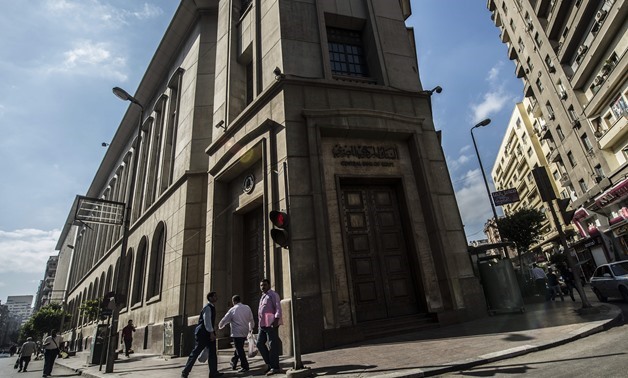
FILE - CBE
CAIRO – 7 May 2018: Foreign currency inflows to banks operating in Egypt have risen to more than $80 billion since the flotation of the Egyptian currency in November 2016, Deputy Governor of the Central Bank of Egypt (CBE), Gamal Nagm said.
Governor of CBE, Tarek Amer, said earlier that all restrictions on foreign exchange in Egypt have been canceled; clarifying that investors now can manage their financial situations and get the foreign currency they want.
Amer pointed to the availability of liquidity necessary to finance projects, reaching all levels of society through financing small and medium enterprises.
CBE also announced that Egypt’s foreign reserves stood at $44.029 billion at the end of April for the first time in history, with an increase of $1.418 billion, compared to $42.6 billion by the end of March.
The state’s foreign reserves rebounded after clinching the first tranche of the International Monetary Fund’s (IMF) loan.
The IMF’s executive board approved in November 2016 a three-year Extended Fund Facility (EFT) loan to Egypt worth $12 billion to support its economic reform program.
The current average of foreign reserves covers about eight months of Egypt's commodity imports, which is higher than the global average of about three months of commodity imports.
Egypt spends an average of $5 billion monthly on imports with an annual total of more than $60 billion.
Foreign currencies of Egypt’s foreign reserves include the U.S. dollar, Euro, Australian dollar, Japanese yen and Chinese yuan.
The main function of the foreign exchange reserve, including its gold and various international currencies, is to provide commodities, repay the installments on interest rates of external debt, and to cope with economic crises.

Comments
Leave a Comment